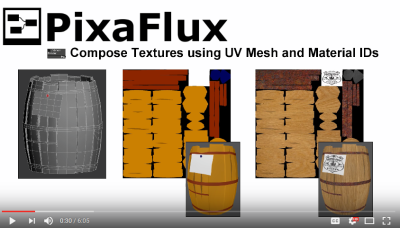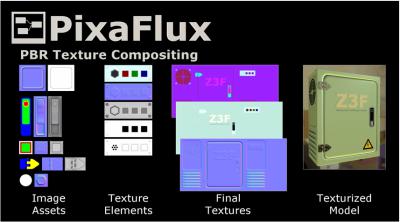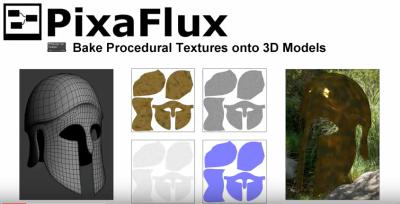
Learn how to use your model UVMesh and Material IDs to compose your Textures with PixaFlux

This video tutorial explains how to create PBR textures with PixaFlux from baked models, and how to use them in your Unreal Engine models.
Download assets here
Learn how to use PixaFlux with this short and focused video tutorials.

This video tutorial explains how to bake procedural textures onto your 3D Models with PixaFlux. Download assets here